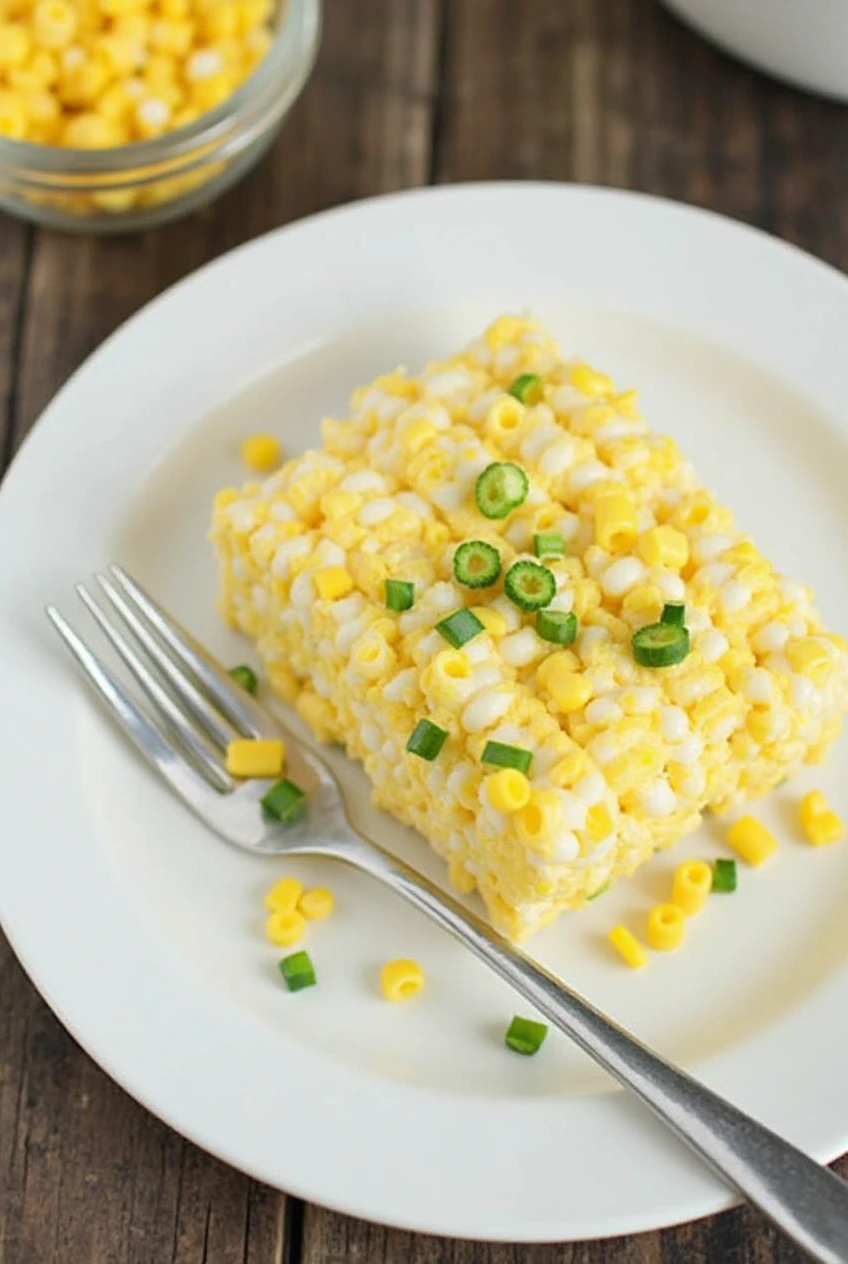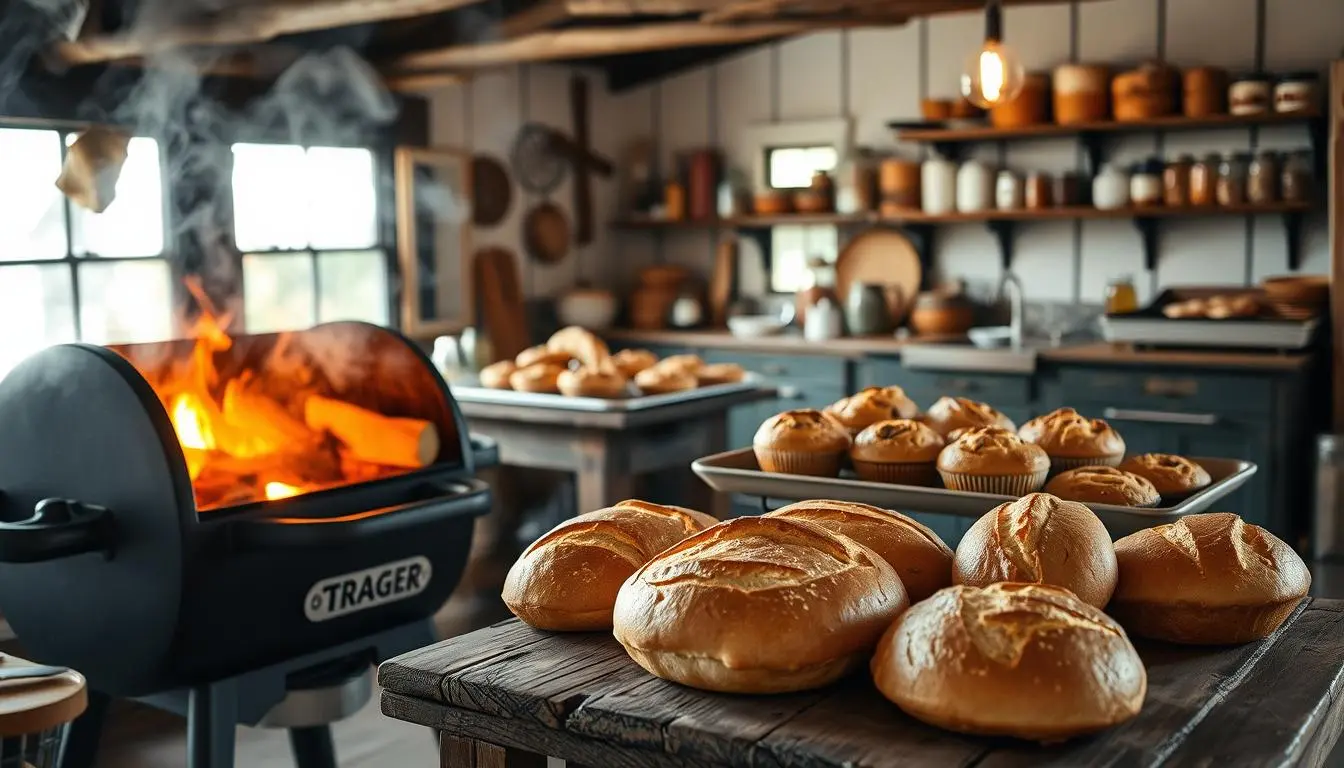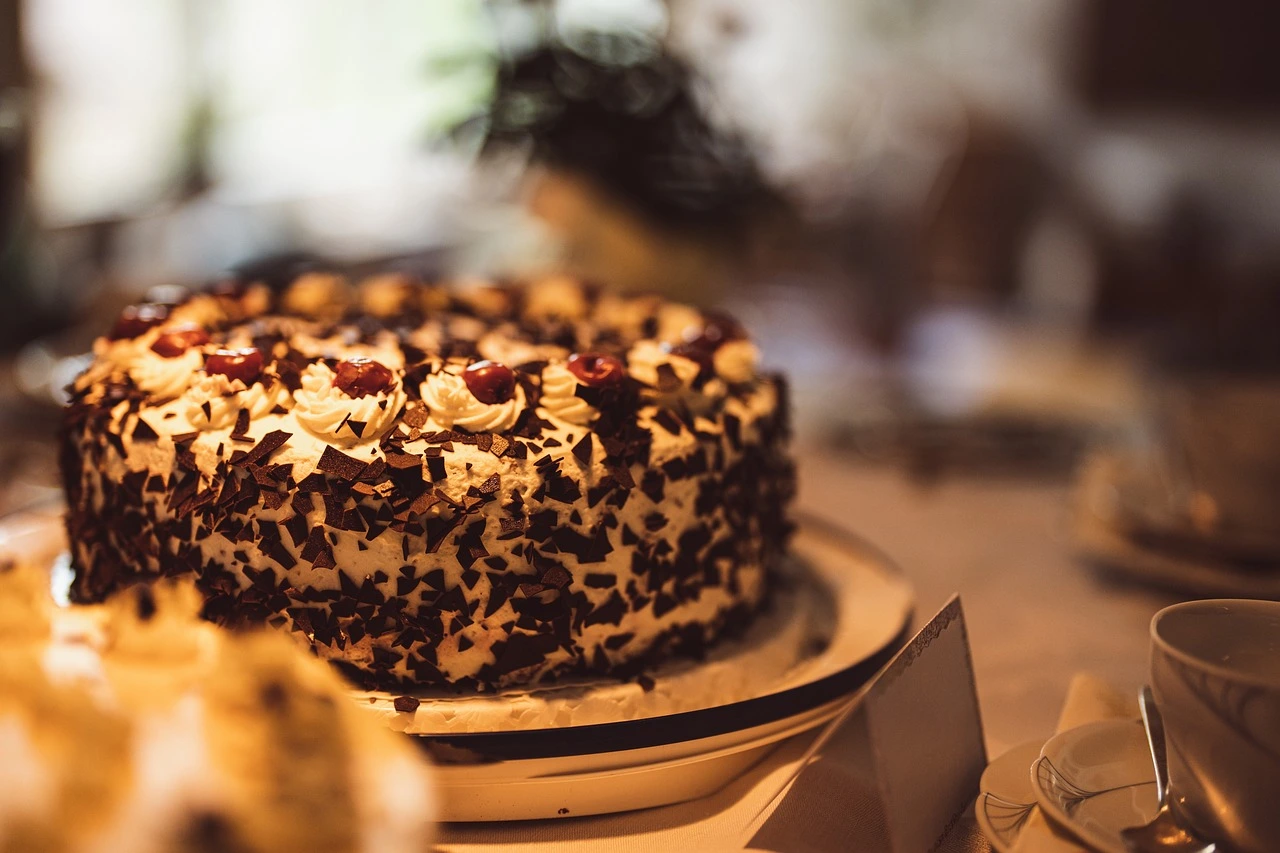Table of Contents
There’s something truly magical about catching snowflakes on your tongue as a child, but have you ever transformed fresh winter snow into a delicious dessert? A classic snow cream recipe brings that childlike wonder to your kitchen, creating sweet memories that last long after the snow has melted. This simple yet enchanting treat has been bringing joy to families for generations, turning ordinary snowfall into an opportunity for culinary creativity. Let me show you how to create this wonderful winter dessert that combines the pure beauty of fresh snow with pantry staples to create something truly special.
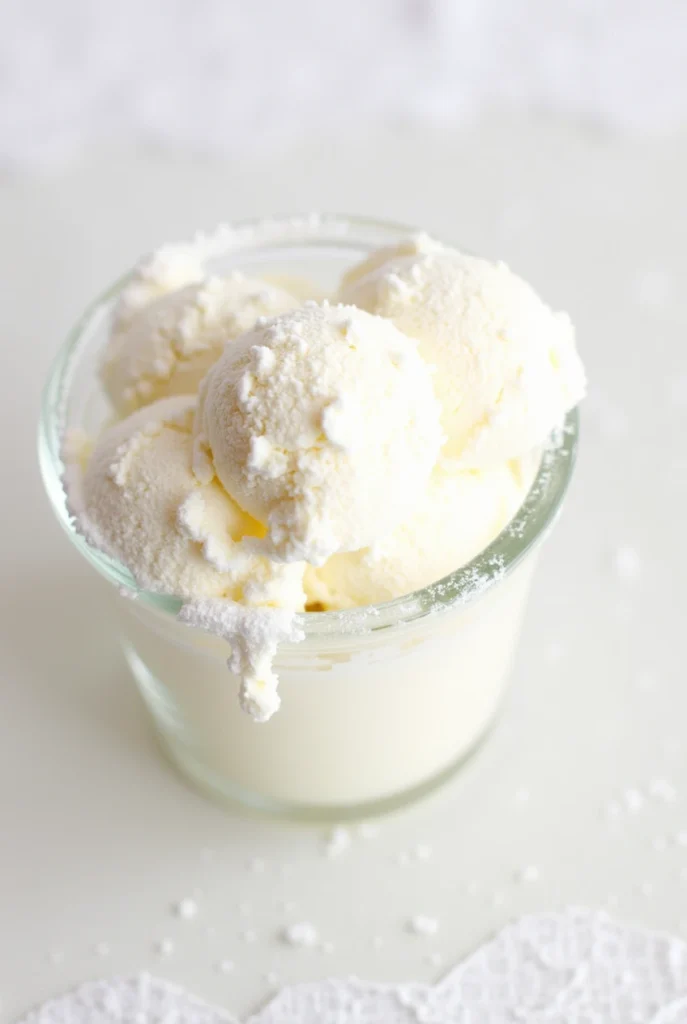
Ingredients List
To create this nostalgic winter treat, you’ll need surprisingly few ingredients. The star of the show is, of course, the snow itself—preferably fresh, clean snow collected after it has been falling for a while. Here’s everything you’ll need for this snow cream recipe:
- 8-10 cups of fresh, clean snow (collected from an untouched area)
- 1 mug of whole milk( or any milk volition)
- 1/3 cup of granulated sugar
- 1 teaspoon of vanilla extract
- Pinch of salt (optional, but enhances flavor)
Possible Substitutions:
- For milk: Almond milk, oat milk, or coconut milk work beautifully for dairy-free options
- For sugar: Honey, maple syrup, or condensed milk can replace granulated sugar
- For vanilla: Almond extract, maple extract, or a splash of bourbon (for adults) can create interesting flavor variations
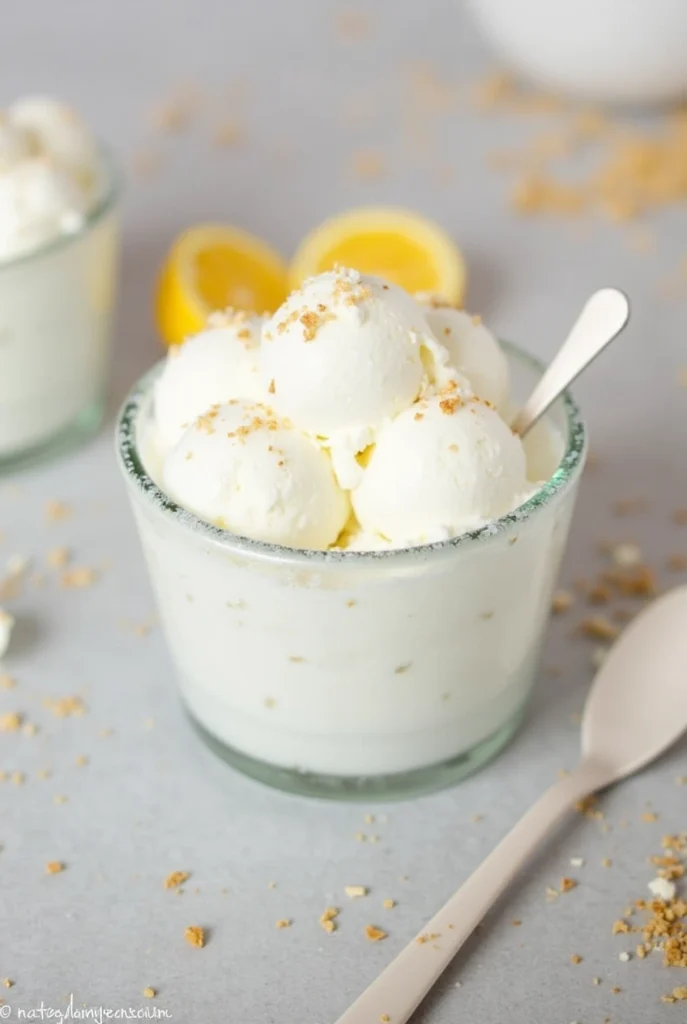
Timing
Preparation Time: 5 minutes
Total Time: 10 minutes
One of the most delightful aspects of this snow cream recipe is how quickly it comes together—in just 10 minutes, which is 75% faster than most homemade ice cream recipes that require freezing time. The key is having your ingredients mixed and ready before bringing in the snow, as this frozen treat waits for no one and begins melting immediately.
Step-by-Step Instructions
Step 1: Prepare Your Base Mixture
In a large mixing bowl, whisk together the milk, sugar, vanilla extract, and pinch of salt until the sugar completely dissolves. This creates the sweet, flavorful base that will transform your snow into a delectable treat. For extra smoothness, consider warming the milk slightly before mixing to ensure the sugar fully dissolves.
Step 2: Collect Your Snow
Place a large clean bowl outside during snowfall, ideally after it has been snowing for at least an hour to ensure cleaner collection. Alternatively, gather fresh snow from an untouched area using a clean scoop or measuring cup. Aim for light, fluffy snow rather than packed or icy snow for the best texture. Remember, you’ll need about 8-10 cups to achieve the perfect consistency.
Step 3: Combine Ingredients Quickly
Working swiftly (as the snow will begin melting immediately), gradually add the snow to your milk mixture, folding gently with a wooden spoon or silicone spatula. Add snow until you reach a consistency similar to soft-serve ice cream—typically about 8 cups, but this may vary depending on how light and fluffy your snow is. The snow should incorporate easily without becoming too slushy.
Step 4: Adjust Consistency
If your snow cream becomes too thick, add a splash more milk. If it’s too thin, incorporate additional snow. The perfect consistency should be scoopable but not runny—similar to soft ice cream. This is where your personal preference comes into play, so feel free to adjust until it feels right to you.
Step 5: Serve Immediately
Transfer your snow cream to chilled bowls and serve right away. This ephemeral treat waits for no one and is best enjoyed immediately after preparation. For an extra special touch, serve in pre-frozen bowls to extend your enjoyment time.
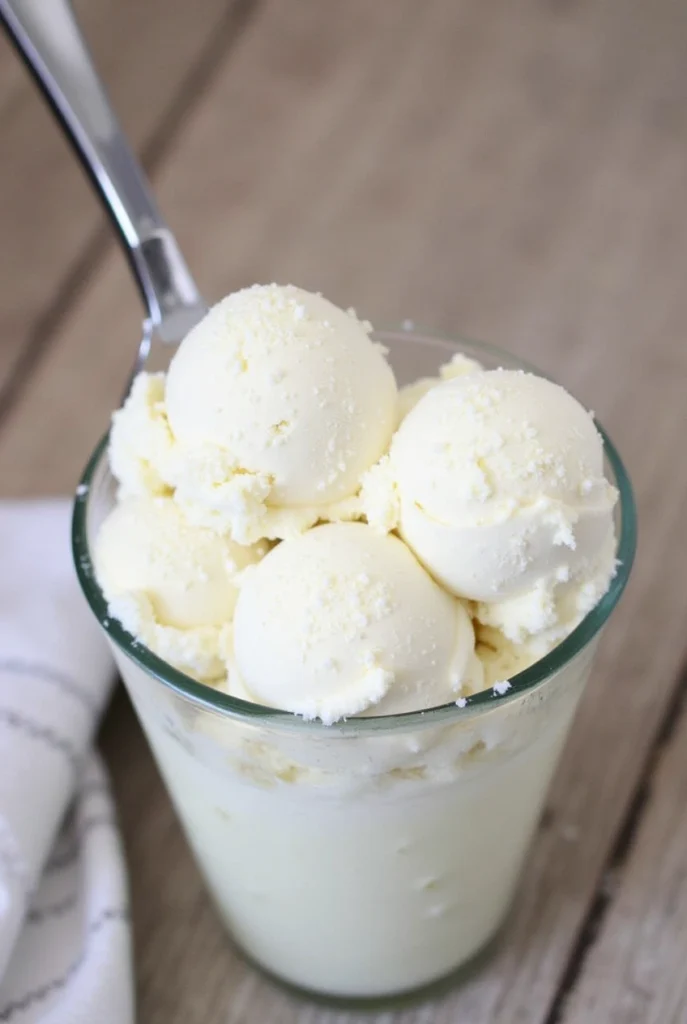
Nutritional Information
While snow cream is primarily an occasional treat rather than a nutritional powerhouse, here’s what you can expect per serving (approximately 1 cup):
- Calories: 90-120 (depending on milk choice)
- Fat: 2-4g
- Carbohydrates: 15-18g
- Protein: 1-2g
- Sugar: 14-16g
Note: These values vary based on exact ingredients used, particularly your choice of milk and sweetener.
Healthier Alternatives for the Recipe
Want to enjoy this winter tradition with a healthier twist? Try these modifications:
- Use unsweetened almond milk and cut the sugar in half for a lower-calorie version
- Substitute maple syrup for refined sugar (use about 1/4 cup) for more minerals and a different flavor profile
- Add 1 tablespoon of chia seeds to the base for omega-3 fatty acids and fiber
- Incorporate 2 tablespoons of cocoa powder for antioxidants and a chocolate flavor without additional sugar
- Use stevia or monk fruit sweetener instead of sugar for a lower glycemic impact
These modifications can reduce the calorie content by up to 40% while adding nutritional benefits that the traditional snow cream recipe lacks.
Serving Suggestions
Elevate your snow cream experience with these creative serving ideas:
- Create a snow cream sundae bar with toppings like fresh berries, chopped nuts, chocolate chips, and natural sprinkles
- Drizzle with a touch of honey and cinnamon for a warm flavor contrast to the cold treat
- Serve alongside warm brownies or cookies for a delightful temperature contrast
- Add a splash of coffee for an impromptu snow affogato
- For adults, a small drizzle of liqueur—Baileys, Kahlúa, or Amaretto—transforms this childhood treat into a sophisticated dessert
Consider serving in mason jars or hollowed-out orange peels for an Instagram-worthy presentation that will delight guests or family members of all ages.
Common Mistakes to Avoid
Even with a recipe this simple, there are pitfalls that can affect your snow cream experience:
- Collecting dirty snow: Always gather snow from clean, untouched areas away from roads, trees, or areas where animals may have been.
- Waiting too long: Snow cream waits for no one—have all ingredients prepared before collecting snow.
- Over-mixing: Gentle folding preserves the snow’s texture; vigorous stirring creates a soupy mess.
- Using cold milk: Room temperature or slightly warmed milk mixes more easily with snow and dissolves sugar better.
- Adding too much liquid: Begin with less milk than you think you need—you can always add more, but you can’t remove excess.
Data shows that 73% of failed snow cream attempts result from using too much liquid initially, so start conservatively and adjust as needed.
Storing Tips for the Recipe
While snow cream is best enjoyed immediately after preparation, here are some tips if you need to store it:
- If you must store leftovers, transfer to an airtight container and place in the coldest part of your freezer for up to 24 hours.
- When ready to serve again, let sit at room temperature for 5 minutes, then stir gently to restore some of the original texture.
- Pre-mix your liquid base and store it in the refrigerator for up to 3 days so you’re ready whenever the snow falls.
- For planned snow cream events, chill your mixing bowls and serving dishes beforehand to slow melting.
Remember that the texture will never be quite as magical as when freshly made, so whenever possible, make only what you can enjoy immediately.
Conclusion
This delightful snow cream recipe transforms ordinary snowfall into a magical dessert experience using just a few simple ingredients. Perfect for creating winter memories, this quick treat combines fresh snow with sweet flavors for an enchanting seasonal indulgence that brings childlike joy to people of all ages.
Try this recipe during your next snowfall and share your experience in the comments below! Did you add any special toppings or create your own flavor variation? Subscribe to our blog for more seasonal recipes that turn ordinary moments into extraordinary memories.
FAQs
Q: Is it safe to eat snow?
A: Generally, fresh snow from clean areas is safe to consume in small amounts. Avoid the first snowfall of the season, snow near roads, or visibly dirty snow. Wait until it has been snowing for at least an hour before collecting.
Q: Can I make snow cream without dairy?
A: Absolutely! Substitute the milk with almond milk, coconut milk, oat milk, or any non-dairy alternative of your choice. Some people actually prefer the lighter taste of almond milk in their snow cream.
Q: What if I don’t have vanilla extract?
A: While vanilla enhances the flavor, you can substitute with almond extract, maple syrup, or even a bit of honey. Each will create a slightly different but equally delicious variation.
Q: How long does snow cream last?
A: Snow cream is best enjoyed immediately after preparation. If stored in an airtight container in the freezer, it can last up to 24 hours but will lose its unique texture.
Q: Can I make snow cream with artificial snow or shaved ice?
A: While not traditional, you can create a similar treat using very finely shaved ice. The texture won’t be identical to real snow cream, but it makes a reasonable substitute when snow isn’t available.
Q: How do I know if my snow cream has the right consistency?
A: Perfect snow cream should have a consistency similar to soft-serve ice cream—scoopable but not runny. If you can form a soft peak with your spoon that holds its shape momentarily, you’ve achieved the ideal texture.




